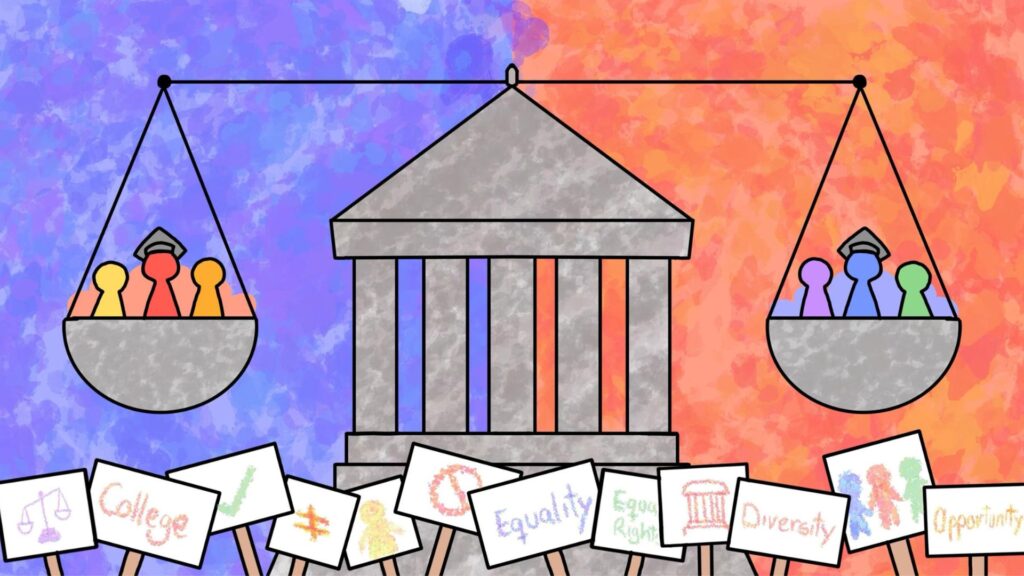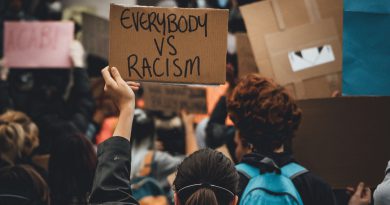Affirmative Action Should Be Based On Socioeconomic Status, Not Race Or Gender
The Supreme Court does not shy away from controversy.
Last week, it continued to make history with decisive rulings on student debt forgiveness and whether businesses can refuse to serve gay customers.
One of the decisions, Students for Fair Admissions v. Harvard, marked the end of affirmative action—a policy that granted special consideration to underrepresented minorities in the college admission process.
The removal of such policy sounds counterintuitive toward promoting equity, but the decision is a step toward promoting a fairer college admissions process.
Affirmative action originated during the 1960s as part of the Civil Rights Movement. Its first implementation came with Executive Order 11246 which banned employment discrimination based on race, religion or nation of origin.
Throughout the years, the practice has been utilized to assure collegiate institutions accept a predetermined number of students depending on race. In 1978, the Supreme Court declared that to be unconstitutional.
In 2003, the landmark decision Grutter v. Bollinger determined that schools could take race into account when determining what students to admit. That ruling was valid up until last week.
During its six-decade life, the policy helped figures like Supreme Court Justice Clarence Thomas, who ironically fought fiercely to sack the policy.
Being mindful of someone’s race or gender is a noble pursuit for equality, but the practice overlooks an aspect of our life that has a greater influence on our lives—socioeconomic status.
As shown by a 2017 report from the Economic Policy Institute, a student’s socioeconomic background is the greatest tool to predict their academic performance.
If you grow up in the inner city, your life will consist of dealing with a plethora of social issues many suburbanites will seldom face. For high school students, that means the difference between fighting to stay alive and studying for the SAT.
With this in mind, one of the things that can be done to replace race-based affirmative action is to instead consider a student’s economic background when applying for college.
Given that most minority groups tend to fall into lower socioeconomic backgrounds, the practice would continue benefiting underrepresented groups.
Income-based affirmative action would also allow poor white and Asian Americans to have a chance against more affluent college applicants.
The implementation of this policy should be followed with the swift termination of legacy admissions, a nepotistic practice that gives applicants an advantage if they are related to alumni.
According to an article in Harvard’s student newspaper, The Crimson, legacy students had an admissions rate 27 percent higher than their non-legacy counterparts.
The article also mentioned that out of the legacy freshmen that are admitted to Harvard, nearly a third come from households that earn more than $500,000 a year.
With that practice taking place at most of our top institutions, how can we expect underprivileged and first-generation students to have a fair chance to prove their worth?
Amherst College and the Massachusetts Institute of Technology have ended their legacy admissions policy.
It’s important that other schools follow that example and work toward implementing an admissions system that fully accounts for a student’s individual life experience. That way, we create a future that allows students from all walks of life to showcase their talents at our country’s top institutions.




